Comments / Questions (17)
![]() Kathleen wrote:
Kathleen wrote:
Bonjour, pouvez-vous me donner la quantité approximative nécessaire pour la ouate de rembourrage svp? Je n'ai pas l'habitude de faire ce genre d'ouvrage. Merci beaucoup
25.09.2025 - 16:37DROPS Design answered:
Bonjour Kathleen, la quantité nécessaire dépend également de celle que vous utiliserez en fonction de la fermeté ou non que vous voudrez lui donner. Bon crochet!
26.09.2025 - 07:29
![]() Carmen wrote:
Carmen wrote:
Hola, cuál es el punto e. (p.e) que se usa para tejer la cola? No aparece en los tutoriales ni en el diccionario. gracias!
05.08.2022 - 16:23DROPS Design answered:
Hola Carmen, p.e es punto enano, también llamado punto bajísimo. Puedes ver cómo trabajarlo en la siguiente lección: https://www.garnstudio.com/lesson.php?id=20&cid=23
07.08.2022 - 23:59
![]() Sofia wrote:
Sofia wrote:
Jag får inte mönstret att stämma på huvudet. Det blir långt och spetsigt baktill, inte alls runt som på bilden. Har det i beskrivningen kommit in för många varv? Jag är säker på att jag virkat rätt.
04.12.2021 - 08:41DROPS Design answered:
Hei Sofia. Oppskriften er oversendt design avd. slik at de kan ta en dobbeltsjekk og evnt komme med en rettelse. Men du kan evnt hoppe over omgang 21. 23, 25 og 27. Da vil bakhodet bli noe flatere. mvh DROPS Design
07.12.2021 - 12:50
![]() Cricri692 wrote:
Cricri692 wrote:
Bonjour et merci pour ce joli modèle ! Pourriez vous nous donner les explications pour terminer la queue et qu'elle soit comme sur la photo svp ! Merciii
07.06.2019 - 19:45DROPS Design answered:
Bonjour Cricri692, crochetez bien la queue comme expliquée, autrement dit, commencez par 1 mc dans la 2ème ml à partir du crochet, puis *sautez 1 maille en l'air, 1 maille coulée dans la maille en l'air suivante*, répétez de *-* tout le long de la chaînette, on va ainsi former une petite spirale, comme sur la photo. Bon crochet!
11.06.2019 - 09:52
![]() Gabi wrote:
Gabi wrote:
Ein großes Lob und Danke von mir für die Anleitung, Ich habe noch nicht viele Tiere gehäkelt, aber dies ist mit Abstand die beste und verständlichste Anleitung, die ich bisher nachhäkeln durfte. Da können sich Einige, die ihre Anleitungen verkaufen, noch eine dicke Scheibe abschneiden.
06.05.2019 - 13:30
![]() FORESTIER Monique wrote:
FORESTIER Monique wrote:
Bonjour, je ne sais pas comment placer la tète sur le corps.Merci pour tous les magnifiques modèle s
16.03.2019 - 15:43DROPS Design answered:
Bonjour Mme Forestier, placez la tête au-dessus du haut du corps (comme on le voit sur la 2ème photo), et avec une aiguille à coudre et le fil gris (les 30 cm de la fin du corps), assemblez la tête au corps en piquant alternativement dans les mailles de la tête et dans les mailles et dans celles du dernier rang du corps en faisant tout le tour. Maintenez la tête en place, vous pouvez épingler dans un premier temps si besoin pour ajuster la position de la tête. Bon assemblage!
18.03.2019 - 08:43
![]() "> wrote:
"> wrote:
">
04.01.2019 - 15:22
![]() Margareta wrote:
Margareta wrote:
Hur tvättar man alla virkade leksaker, som är stoppade med vadd och gjorda av bomull och akryl?
19.11.2018 - 21:48DROPS Design answered:
Hei Margareta. det står vaskeanvisning på alle våre garn. Bomullsgarnet Paris feks kan vaskes på 60 grader, mens Safran vaskes på 40. Du kan finne vaskeanvisning til alle våre garn ved å klikke deg inn på dem her . Når det kommer til vatten må du nesten frohøre deg med forhandleren av dette, vi har dessverre ingen oversikt over det. God fornøyelse.
23.11.2018 - 11:16
![]() Lucie wrote:
Lucie wrote:
Bonjour, Je suis actuellement a la recherche de ce type de modèle de souris mais je recherche précisément une petite souris blanche qui porte une robe rose et qui tricote, auriez-vous ce type de modèle ? Cordialement
10.08.2018 - 11:18DROPS Design answered:
Bonjour Lucie, nous avons un lapin au tricot mais pas de souris blanche habillée, désolée.
10.08.2018 - 15:13
![]() Lies wrote:
Lies wrote:
Hallo liebes Drops-Team, ich habe bei einer Händlerin in Berlin die Drops Big Merino in Farbe 02 und 18 gekauft. Beim Häkeln habe ich gemerkt, dass der Faden von Farbe 18 teilweise kaputt war. Immer wieder gab es Stellen, wo mehrere Teilfaden durch waren, aber nicht der komplette Faden. Die Händlerin war sehr freundlich und hat mir neue Wolle gegeben. Ich wollte den Vorfall aber trotzdem bei Ihnen als Hersteller melden.
16.10.2017 - 14:30DROPS Design answered:
Liebe Lies, so haben Sie es richtig gemacht, der Laden wird uns darüber besprechen. Viel Spaß beim stricken!
16.10.2017 - 15:32
Stuart Little |
|
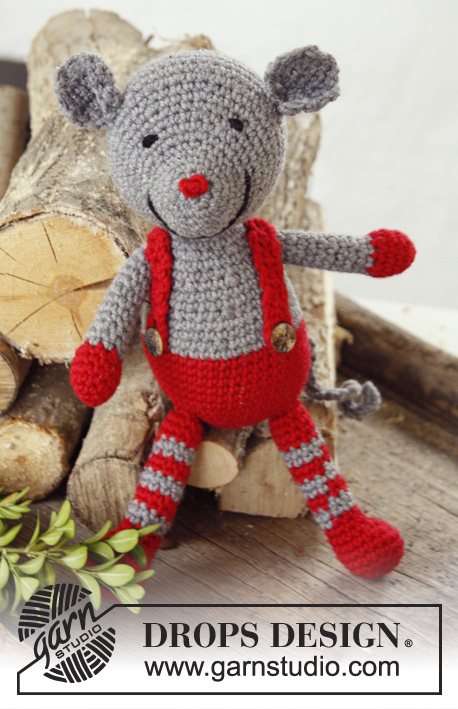 |
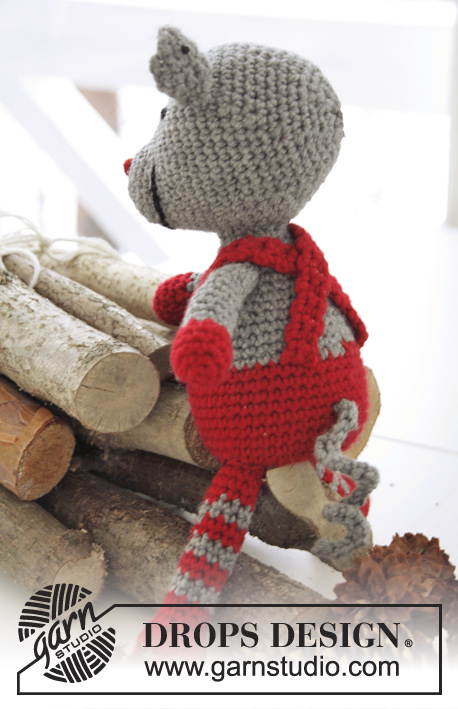 |
DROPS Christmas: Crochet DROPS mouse with braces in "Big Merino".
DROPS Extra 0-990 |
|
|
MAGIC CIRCLE: When piece is worked in the round, start with this technique to avoid hole in the middle (instead of ch-ring): Hold the yarn end and wind the yarn one time around the index finger to make a loop. Hold the loop with left thumb and middle finger, place the yarn over left index finger. Insert hook through the loop, make a YO and pull yarn through loop, work 1 ch, then work dc around the loop. When the desired no of dc have been reached, pull the yarn end to tighten the loop. Fasten the yarn end at the back. Continue to work in the round in a circle. WORK IN THE ROUND IN A CIRCLE: After last dc on the round, continue to next round with 1 dc in next dc (= 1st dc from previous round). NOTE: Insert a marker at the beg of round between last dc on round and 1st dc on next round, move the marker upwards when working. CROCHET TOG: Work 1 dc but wait with last pull through (= 2 sts on hook), then work next dc (or next 2 dc the same way) but on last pull through, pull yarn through all sts on hook. COLOUR CHANGE: To get a nice colour change work last dc on round as follows: Insert hook in last st, get yarn, make a YO with the new colour and pull it through all sts on hook. -------------------------------------------------------- MOUSE: First work head and body, then arms and legs in Big Merino. HEAD: Worked in the round in a circle on hook size 4 mm. Start at the tip on snout by making a MAGIC CIRCLE - read explanation above - with grey. ROUND 1: Work 4 dc in the magic circle. READ WORK IN THE ROUND IN A CIRCLE! ROUND 2: Work 2 dc in every dc = 8 dc. ROUND 3: * 1 dc in next dc, 2 dc in next dc *, repeat from *-* the entire round = 12 dc. ROUND 4: * 1 dc in each of the next 2 dc, then 2 dc in next dc *, repeat from *-* the entire round = 16 dc. ROUND 5: * 1 dc in each of the next 3 dc, then 2 dc in next dc *, repeat from *-* the entire round = 20 dc. ROUND 6: * 1 dc in each of the next 4 dc, then 2 dc in next dc *, repeat from *-* the entire round = 24 dc. ROUND 7: Work 1 dc in every dc = 24 dc. ROUND 8: Work the first 2 dc tog - READ CROCHET TOG, work the next 2 dc tog, * 1 dc in next dc, 2 dc in next dc *, repeat from *-* 7 more times (8 inc in total), then work the last 4 dc tog 2 by 2 = 28 dc. ROUND 9: Work 1 dc in each of the first 2 dc, * 1 dc in each of the next 2 dc, 2 dc in next dc *, repeat from *-* 7 more times (8 inc in total), then 1 dc in each of the last 2 dc = 36 dc. ROUND 10: Work 1 dc in every dc = 36 dc. ROUND 11: Work 1 dc in each of the first 2 dc, * 1 dc in each of the next 3 dc, 2 dc in next dc *, repeat from *-* 7 more times (8 inc in total), then 1 dc in each of the last 2 dc = 44 dc. ROUND 12: Work 1 dc in each of the first 18 dc, * 1 dc in next dc, 2 dc in next dc *, repeat from *-* 3 more times (4 inc in total), then 1 dc in each of the last 18 dc = 48 dc. Insert 1 marker between the middle 2 inc = mid front (this is for assembly). ROUND 13-15: Work 1 dc in every dc = 48 dc on the round. ROUND 16: * 1 dc in each of the next 6 dc, then crochet 2 dc tog *, repeat from *-* the entire round = 42 dc. ROUND 17: Work 1 dc in every dc = 42 dc on the round. ROUND 18: * 1 dc in each of the next 5 dc, then crochet 2 dc tog *, repeat from *-* the entire round = 36 dc. ROUND 19: Work 1 dc in every dc = 36 dc. ROUND 20: * 1 dc in each of the next 4 dc, then crochet 2 dc tog *, repeat from *-* the entire round = 30 dc. ROUND 21: * 1 dc in each of the next 3 dc, then crochet 2 dc tog *, repeat from *-* the entire round = 24 dc. ROUND 22: * 1 dc in each of the next 2 dc, then crochet 2 dc tog *, repeat from *-* the entire round = 18 dc. ROUND 23: * 1 dc in next dc, then work the next 2 dc tog *, repeat from *-* the entire round = 12 dc. Do not cut the yarn. With black embroider on eyes and mouth on head, make 1 knot with red for nose at the top of snout. Fill the head with some cotton wool. Continue to finish the head as follows: ROUND 24: Work all dc tog 2 by 2 = 6 dc. Cut the yarn and pull it through all sts and tighten tog. EAR: Worked back and forth. ROW 1: Beg at the bottom of ear, work 5 ch with grey, then 2 dc in 2nd ch from hook, 1 dc in each of the next 2 ch, 2 dc in last ch = 6 dc, turn. ROW 2: Work 1 ch, 2 dc in 1st dc, 1 dc in every dc until 1 dc remains, 2 dc in last dc = 8 dc, turn. ROW 3: Work 1 ch, 1 dc in every dc = 8 dc. ROW 4: Work 1 ch, work the first 2 dc tog, 1 dc in every dc until 2 dc remain, work 2 dc tog = 6 dc. Repeat 4TH ROW 2 more times = 2 sts remain on row, fasten off. Work another ear the same way. Fold ears double at the bottom an sew them on each side of head. BODY: Worked in the round in a circle on hook size 4 mm. Start by making a magic circle at the bottom of body with red. ROUND 1: Work 8 dc in the magic circle. ROUND 2: Work 2 dc in every dc = 16 dc. ROUND 3: * 1 dc in next dc, 2 dc in next dc *, repeat from *-* the entire round = 24 dc. ROUND 4: * 1 dc in each of the next 2 dc, then 2 dc in next dc *, repeat from *-* the entire round = 32 dc. ROUND 5: Work 1 dc in every dc = 32 dc. ROUND 6: * 1 dc in each of the next 3 dc, then 2 dc in next dc *, repeat from *-* the entire round = 40 dc. ROUND 7: Work 1 dc in every dc = 40 dc. ROUND 8: * 1 dc in each of the next 9 dc, then 2 dc in next dc *, repeat from *-* the entire round = 44 dc. ROUND 9-14: Work 1 dc in every dc = 44 dc on round - but at the end of last round switch to grey - READ COLOUR CHANGE. ROUND 15: Work 1 dc in every dc = 44 dc. ROUND 16: * 1 dc in each of the next 9 dc, then crochet 2 dc tog *, repeat from *-* the entire round = 40 dc. ROUND 17-18: Work 1 dc in every dc = 40 dc on the round. ROUND 19: * 1 dc in each of the next 3 dc, then crochet 2 dc tog *, repeat from *-* the entire round = 32 dc. ROUND 20-21: Work 1 dc in every dc = 32 dc on the round. ROUND 22: * 1 dc in each of the next 2 dc, then crochet 2 dc tog *, repeat from *-* the entire round = 24 dc. ROUND 23-24: Work 1 dc in every dc = 24 dc on the round. ROUND 25: * 1 dc in each of the next 2 dc, then crochet 2 dc tog *, repeat from *-* the entire round = 18 dc. ROUND 26-27: Work 1 dc in every dc = 18 dc on the round. Cut the yarn and keep 30 cm for assembly. Fill the body with some cotton wool. LEGS: Worked in the round in a circle on hook size 4 mm. Start at edge of foot by making a magic circle with red. ROUND 1: Work 6 dc in the magic circle. ROUND 2: Work 2 dc in every dc = 12 dc. ROUND 3: * 1 dc in next dc, 2 dc in next dc *, repeat from *-* the entire round = 18 dc. ROUND 4 and 5: Work 1 dc in every dc = 18 dc on the round. ROUND 6: 1 dc in each of the first 5 dc, * work the next 2 dc tog *, repeat from *-* 3 more times (4 dec in total), then 1 dc in each of the last 5 dc on round = 14 dc. ROUND 7: 1 dc in each of the first 3 dc, * work the next 2 dc tog *, repeat from *-* 3 more times (4 dec in total), then 1 dc in each of the last 3 dc on round = 10 dc. ROUND 8 and 9: Work 1 dc in every dc = 10 dc on round - but at the end of last round switch to grey - READ COLOUR CHANGE. Then work 1 dc in every dc as follows: * 2 rounds with grey, 2 rounds with red *, repeat from *-* until there are 3 stripes in total with red, then work 2 more rounds with red (leg measures approx. 10 cm). Cut the yarn and keep 20 cm for assembly. Work another leg the same way. Fill the legs with some cotton wool. ARM: Worked in the round in a circle on hook size 4 mm. Start at edge of arm by making a magic circle with red. ROUND 1: Work 4 dc in the magic circle. ROUND 2: Work 2 dc in every dc = 8 dc. ROUND 3: * 1 dc in next dc, 2 dc in next dc *, repeat from *-* the entire round = 12 dc. ROUND 4 and 5: Work 1 dc in every dc = 12 dc on the round. ROUND 6: * 1 dc in next dc, work the next 2 dc tog *, repeat from *-* the entire round = 8 dc - switch to grey at the end of round. Continue working 1 dc in every dc with grey until arm measures approx. 9 cm. Cut the yarn and keep 20 cm for assembly. Work another arm the same way. Fill the arms with some cotton wool. TAIL: Work ch for approx. 22 cm with grey on hook size 4 mm (no of ch should be even), turn and work 1 sl st in 2nd ch from hook, * skip 1 ch, 1 sl st in next ch *, repeat from *-* along the entire ch row, cut the yarn and keep 20 cm for assembly. ASSEMBLY: Sew the head on to body with neat little stitches. Sew the legs and arms in each side of body, sew the tail to the back of body. BRACES: Work 3 ch with red on hook size 4 mm. Work 1 dc in 2nd ch and 1 dc in next ch. Beg every row with 1 ch and work dc back and forth until piece measures 14 cm. Finish with 8 ch and 1 sl st in last dc on row. Fasten off. Crochet another one. Sew beg end to last round red (pants) at the back of mouse, approx. 4 cm apart. Sew on two buttons in last round red on mouse, approx. 3.5 cm from mid front and fasten ch ring on braces around the buttons. Cross braces on the back. |
|
Have you finished this pattern?Tag your pictures with #dropspattern or submit them to the #dropsfan gallery. Do you need help with this pattern?You'll find 7 tutorial videos, a Comments/Questions area and more by visiting the pattern on garnstudio.com. © 1982-2025 DROPS Design A/S. We reserve all rights. This document, including all its sub-sections, has copyrights. Read more about what you can do with our patterns at the bottom of each pattern on our site. |
|







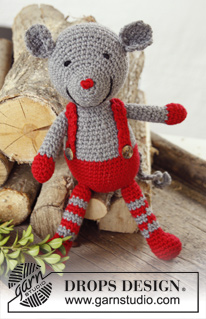
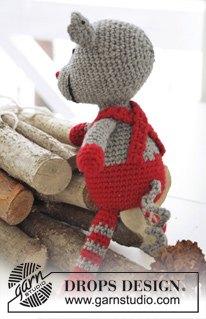




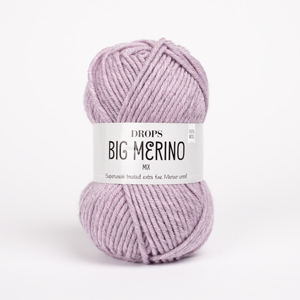
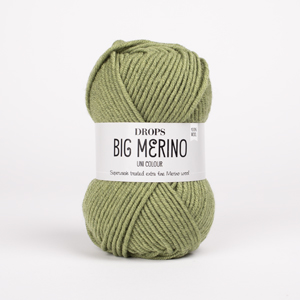

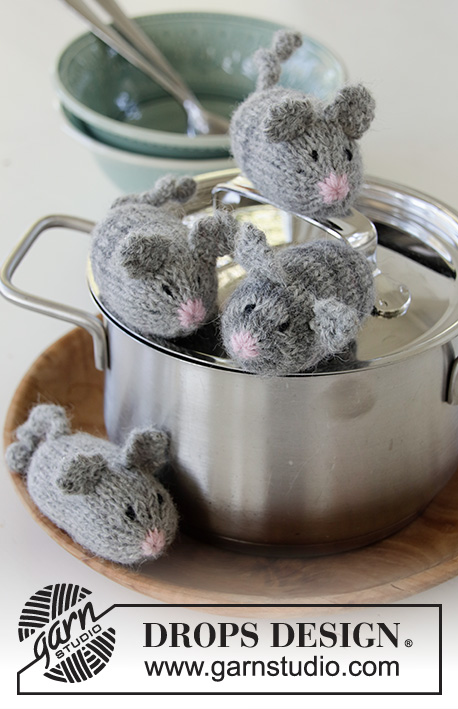









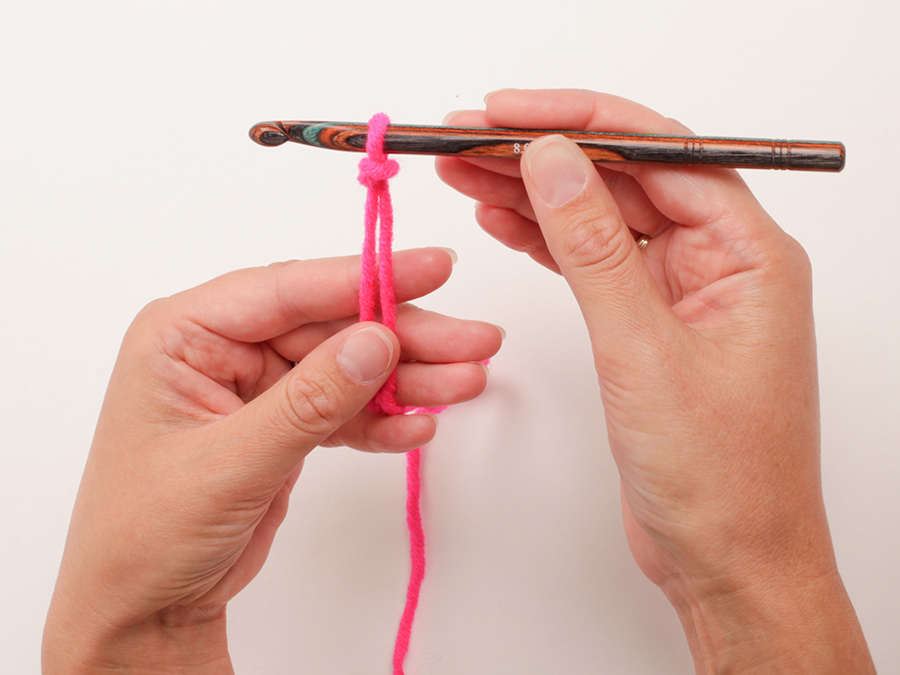
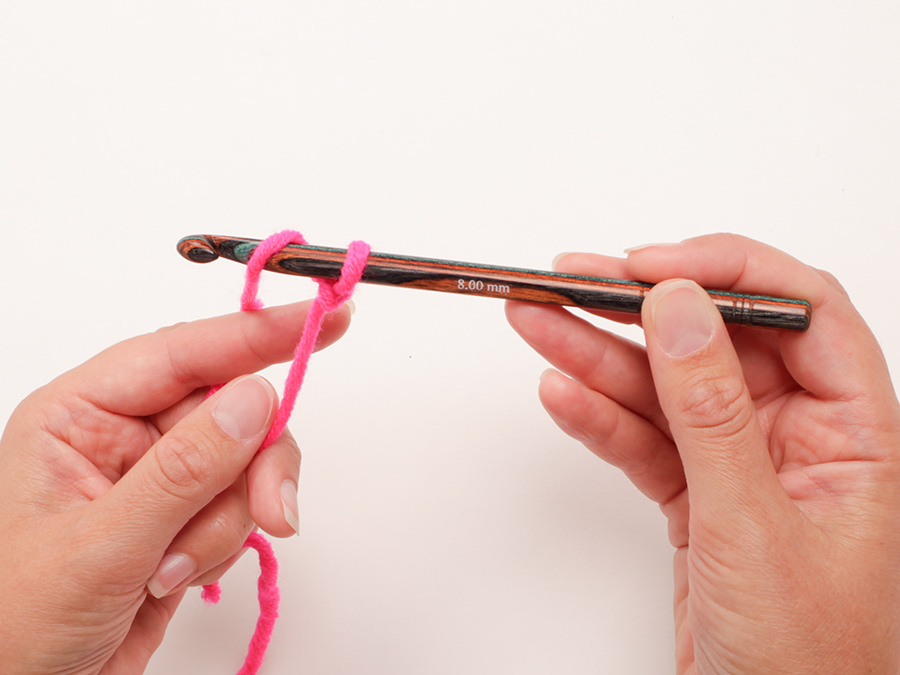

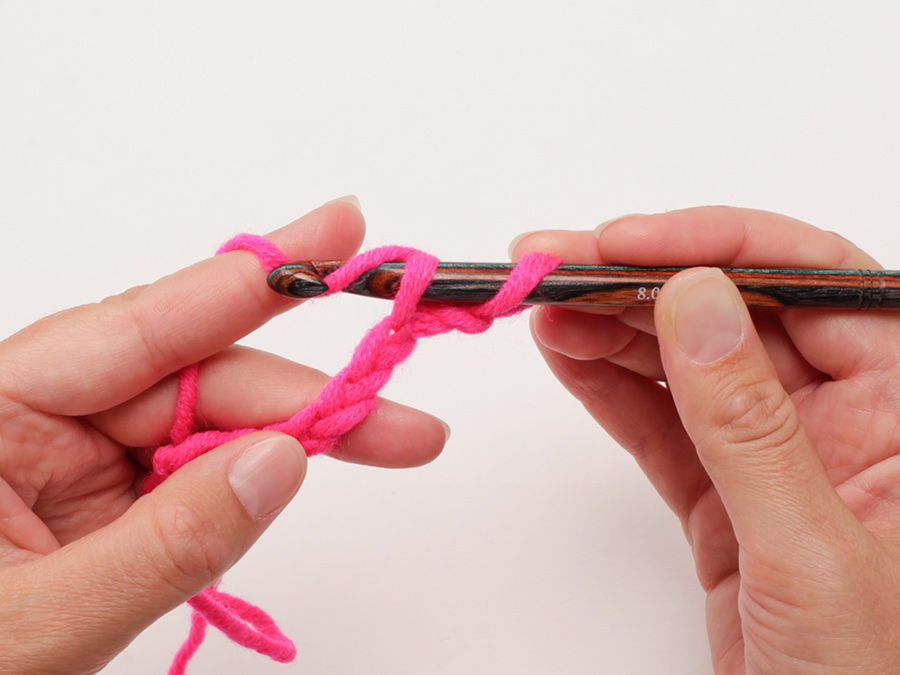

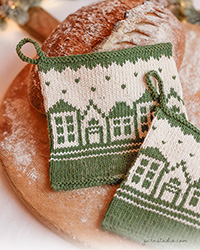
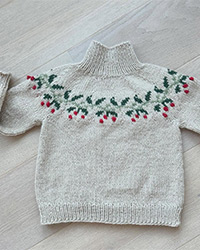
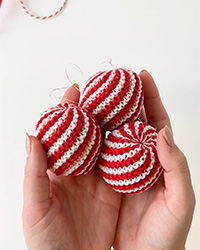

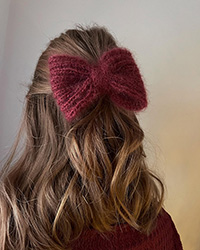

Post a comment to pattern DROPS Extra 0-990
We would love to hear what you have to say about this pattern!
If you want to leave a question, please make sure you select the correct category in the form below, to speed up the answering process. Required fields are marked *.